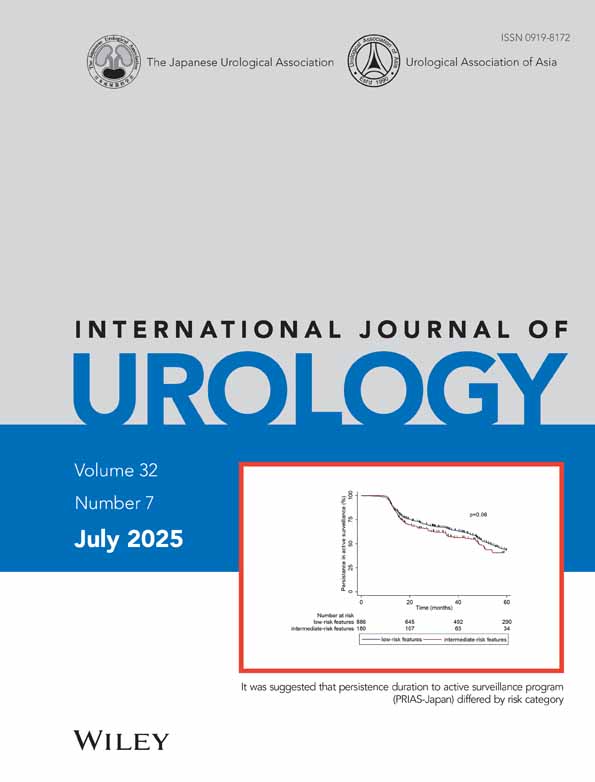Family Study of 2,8-Dihydroxyadenine Stone Formation: Report of Two Cases of a Compound Heterozygote for Adenine Phosphoribosyltransferase Deficiency (APRT*J/APRT*QO)
Abstract
The family members of 2 formers of 2,8-dihydroxyadenine stones were examined for history, adenine phosphoribosyltransferase (APRT) activity, genotype, urinary sediment, and urinary constituents. The patients' father showed a genotype of APRT*1/APRT*Q0, and their mother showed APRT*1/APRT*J. Patients 1 and 2 were compound heterozygotes for adenine phosphoribosyltransferase deficiency (APRT*J/APRT*QO), and APRT activities were 4.5% and 4.0% of normal, respectively. 2,8-Dihydroxyadenine crystals could be seen in the urinary sediment. Treatment with allopurinol completely stopped new stone formation for 5 years in patient 1.




